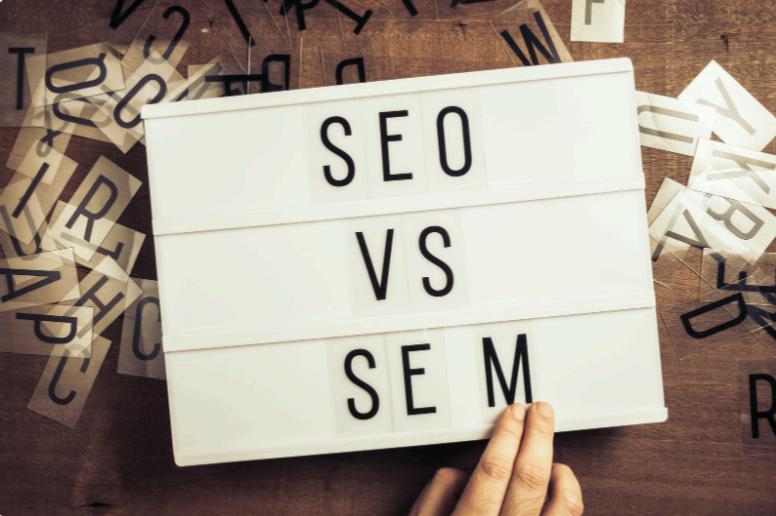
SMO Services vs. SEO: Understanding the Differences and Why Both Matter

In today’s digital landscape, businesses need more than just a website to thrive they need an online presence that attracts visitors, engages audiences, and converts them into loyal customers. Two essential strategies that help achieve these goals are Search Engine Optimization (SEO) and Social Media Optimization (SMO). While they both aim to boost visibility and grow your brand, they operate in different arenas and use distinct tactics. In this article, we’ll break down the key differences between SMO services and SEO, and explain why both are critical for a successful digital marketing strategy
What is SEO?
Search Engine Optimization (SEO) is the practice of optimizing a website to improve its ranking on search engines like Google, Bing, and Yahoo. SEO primarily focuses on increasing organic (non-paid) traffic by ensuring that a website appears prominently in search engine results pages (SERPs) for relevant keywords.
The main components of SEO include:
● On-Page SEO: This involves optimizing elements on your website, such as meta tags, headers, content, and images, to ensure that it’s search engine-friendly.
● Off-Page SEO: This refers to activities that take place outside of your website, such as link building, guest blogging, and social bookmarking, all of which help improve your site’s authority.
● Technical SEO: Focuses on optimizing the technical aspects of your website, like page speed, mobile-friendliness, and XML sitemaps, to make it easier for search engines to crawl and index your site
The ultimate goal of SEO is to attract high-quality, targeted traffic by ranking higher for relevant keywords, thereby improving the likelihood of converting visitors into customers
What is SMO?

On the other hand, Social Media Optimization (SMO) focuses on optimizing a business’s presence on social media platforms like Facebook, Twitter, Instagram, and LinkedIn SMO services aim to boost engagement, foster community building, and enhance brand visibility across these platforms by creating and sharing compelling, consistent content
Key aspects of SMO include:
● Profile Optimization: Ensuring your social media profiles are complete, professional, and reflect your brand’s identity
● Content Creation: Posting engaging, relevant content regularly, including blog posts, videos, infographics, and memes that appeal to your target audience
● Social Engagement: Encouraging interaction with your audience through comments, shares, likes, and discussions to build community
● Influencer Partnerships: Collaborating with influencers in your niche to expand your reach and credibility
● Paid Advertising: Using social media ads to target specific demographics and increase brand visibility quickly
Unlike SEO, which drives traffic primarily through search engines, SMO services focus on creating a strong, active presence on social media platforms, building relationships with followers, and driving traffic through social engagement.
Key Differences Between SEO and SMO
Feature
Platform Focus
Optimize website for search engines like Google to drive organic traffic.
Traffic Sources
Audience Interaction
Content Longevity
Measurement Metrics
Generates traffic from search engines based on content relevance to keywords.
Attracts passive visitors who engage after landing on your site.
Ensures long-term visibility with minimal updates once high rankings are achieved.
Success is measured by organic traffic, keyword rankings, and conversion rates.
Focuses on social media platforms to boost visibility and engagement.
Drives traffic through social media buzz, interaction, and engagement.
Encourages active engagement directly on social media (likes, shares, comments).
Content has a short lifespan, requiring frequent updates to stay relevant.
Success is gauged by social engagement metrics like likes, shares, comments, and followers.

